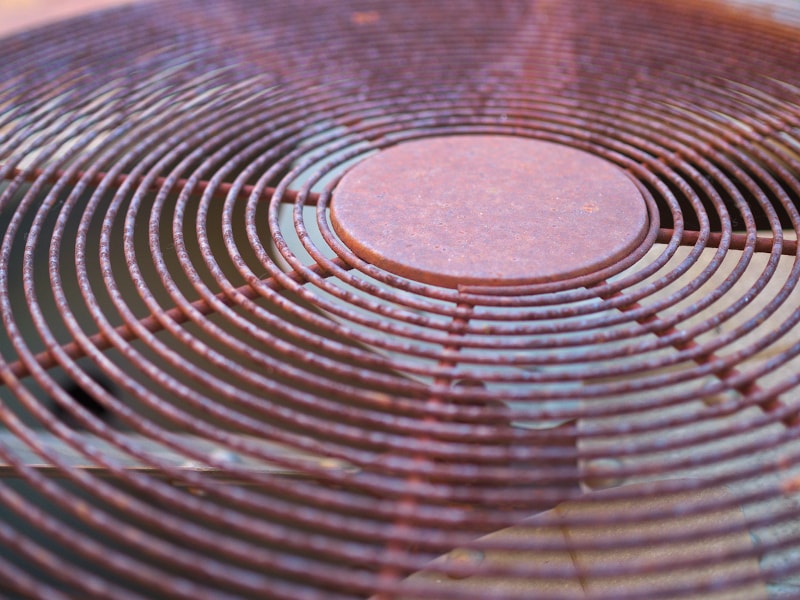Older homes make great starter homes that are full of charm and character. An old home can often come with new problems, including ones that are HVAC-related. Here are six HVAC issues common in older Beeville, TX, homes and what you can do to fix them:
Outdated Thermostat
Your thermostat is kind of like the brain of your HVAC system. A poorly functioning one leads to a loss in performance and a reduction in system lifespan. Older homes frequently have outdated thermostats with nothing more than a few basic controls.
With an updated thermostat, you can better customize the heating and cooling of your home. A programmable thermostat will allow you to set a customized schedule that adjusts the temperature at different points of the day. This comes in handy when it comes to coming home from work to a warm home or right before bed when it’s time to drop the temperature for optimal sleep.
Airflow Troubles
Your HVAC system relies on airflow through a system of ductwork. Any interruption to this airflow will cause performance issues, hot and cold spots, and even system damage that will result in eventual repairs. Though ductwork typically has a longer lifespan that your furnace or air conditioner, it still needs regular cleaning and maintenance to prevent clogs and particulate matter build-up.
Many older homes have ducts that haven’t been cleaned in years. This results in dust and other bits of matter sticking to the sides of the vent, eventually narrowing them and affecting airflow. Having your ducts professionally cleaned will improve indoor air quality and HVAC efficiency.
Poor Air Quality
Older homes’ indoor air quality often leaves a lot of room for improvement. Stuffiness, dusty air and a smell of old age are all common air quality issues in homes older than 50 years. This is likely due to out-of-date HVAC systems or parts that struggle to keep humid, pathogen-ridden air out of your home.
You can improve your indoor air quality in a number of ways. Updating your HVAC system, sealing cracks around doors and windows, and installing a dehumidifier for use in the summer are all ways you can improve the air in your home. Additionally, making sure to change your HVAC filter often causes noticeable differences in air quality.
Aging HVAC System
Unless your older home was recently updated and redone, your HVAC system is likely aging rapidly if it’s not already in need of a replacement. A furnace lasts around 15 years maximum, and that’s with yearly maintenance and upkeep. If the previous owners failed to do this, expect this timeframe to be shorter.
You might believe that an older furnace isn’t a problem as long as it’s still running, but this isn’t true. As furnaces age, they start to lose efficiency and use more energy to run, usually due to short-cycling. Replacing the unit may greatly reduce your monthly heating bill.
Ductwork Damage
Just like the ductwork in an older home is often dirty and clogged with dust and debris, an older home may also have damaged ductwork. This could present in a number of ways, from small holes and cracks to joints and elbows that have lost their air seal. This leakage causes airflow issues and a unit that must compensate by working harder than it should.
Humidity Issues
An older HVAC system tries hard to keep not only the temperature but the humidity level stable. Unfortunately, it doesn’t always do a good job anymore due to age. Humidity issues can cause biological growth, illness and an uncomfortable home environment.
Installing a whole-home dehumidifying system may help. Sometimes, though, the best option is to replace the system entirely.
Think your HVAC system could use some work? Give Bodine-Scott Air Conditioning Co. a call to ask us about our furnace tune-up services. We look forward to helping you solve your HVAC issues!
Image provided by iStock


